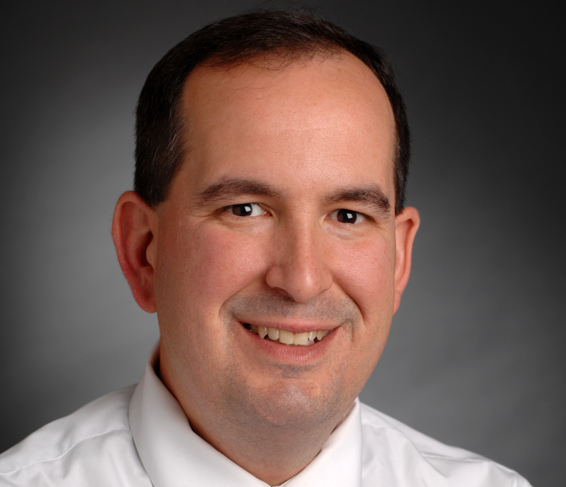- “Watchful waiting” as a treatment method can sound like odd concept for patients diagnosed with slow-growing lymphoma. But for patients who also have no symptoms of the disease, immediate treatment provides no benefit, research shows.
- Symptoms may take years to appear, or may never appear, so patients may not need treatment for a long time.
If you’ve been diagnosed with slow-growing lymphoma but don’t have any symptoms of the disease, your doctor is likely to recommend monitoring the disease closely but not treating it until symptoms appear — an approach known as watchful waiting.
This advice might seem to run counter to the standard recommendation that cancer be treated at the earliest possible sign to prevent it from worsening and becoming more difficult to treat. But you can rest assured: There are solid scientific reasons for it.
Reasons for watchful waiting
Studies dating back to the 1980s have shown that treating slow-growing, or “indolent,” lymphoma before symptoms appear doesn’t extend patients’ lives and can spare them the sometimes-difficult side effects of treatment.
Lymphoma is a cancer that occurs when white blood cells known as lymphocytes change and begin to grow out of control. The most common symptoms are:
- swelling of the lymph nodes, often in the neck, armpits, or groin
- fever
- unexplained weight loss
- and night sweats.
Often, however, the disease is diagnosed in people with no symptoms – following a routine blood test or an X-ray other image for unrelated health conditions.
When the disease is slow-growing, patients can be unsettled by the prospect of holding off treatment until symptoms occur. When counseling such patients, Eric Jacobsen, MD, clinical director of Dana-Farber’s Adult Lymphoma Program, reviews the research showing that immediate treatment doesn’t enable patients to live longer or have a better quality of life.

The disease progresses at a different rate in each patient, Jacobsen explains: some develop symptoms within a few months of being diagnosed; others don’t develop symptoms for years. About 30% never develop symptoms.
In the first few years of watchful waiting, patients generally visit their oncologist every three or four months for an exam. If no symptoms develop after a period of years, those visits may be spaced further apart.
A final benefit of watchful waiting is that treatments for lymphoma are constantly improving, Jacobsen remarks. The treatment a patient receives in the future may well be more effective, and less prone to side effects, than today’s treatments.
About the Medical Reviewer

Dr. Jacobsen received his MD from the University of Connecticut School of Medicine in 1999. He completed postgraduate training in Internal Medicine at Johns Hopkins Hospital, followed by a fellowship in Medical Oncology and Hematology at Dana-Farber Cancer Institute. He joined the division of Hematologic Malignancies in 2005.

Dr Jacobsen is a wonderful doctor & a kind, compassionate man. He took fantastic care of my husband trying his best to cure him. My family & I could not have found a better doctor & his wonderful team.